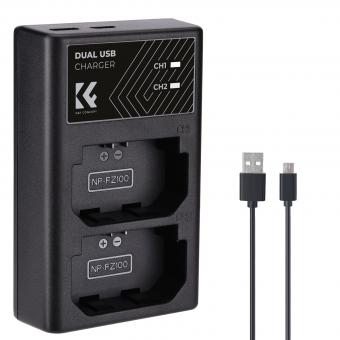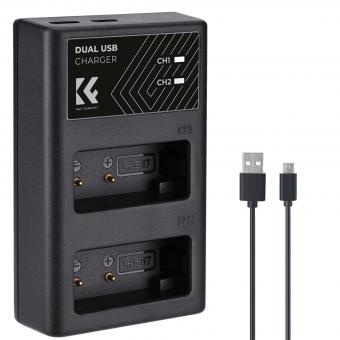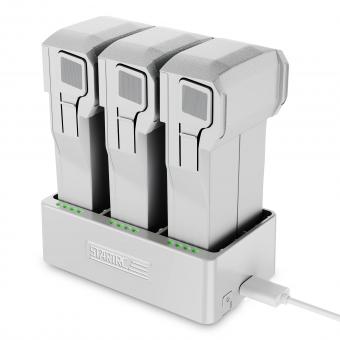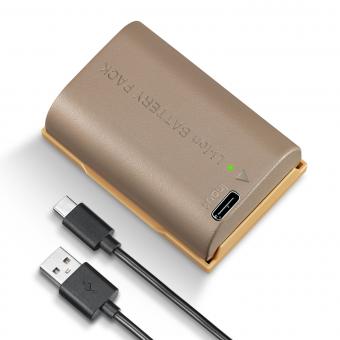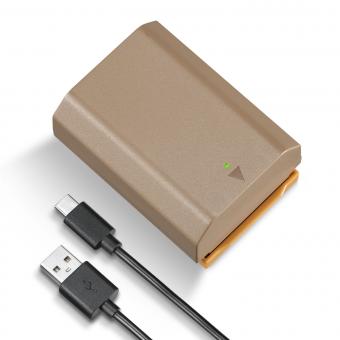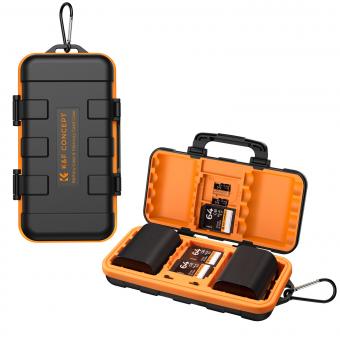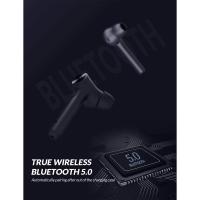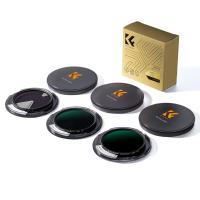What Type Of Battery Does Blink Camera Use ?
The Blink camera uses two AA lithium batteries.
1、 Lithium-ion battery
The Blink camera uses a Lithium-ion battery as its power source. Lithium-ion batteries have become increasingly popular in consumer electronics due to their high energy density, long lifespan, and lightweight design. These batteries are commonly used in smartphones, laptops, and other portable devices.
Lithium-ion batteries offer several advantages over other types of batteries. They have a higher energy density, which means they can store more energy in a smaller size. This is particularly important for devices like the Blink camera, as it allows for a compact and lightweight design. Additionally, Lithium-ion batteries have a low self-discharge rate, meaning they can hold their charge for longer periods of time when not in use.
One of the key benefits of using a Lithium-ion battery in the Blink camera is its long lifespan. These batteries can typically be recharged hundreds of times before their capacity starts to degrade significantly. This means that users can expect their Blink camera to last for a long time without needing to replace the battery.
It is worth noting that the specific Lithium-ion battery used in the Blink camera may vary depending on the model and version. Manufacturers are constantly working on improving battery technology, so it is possible that newer versions of the Blink camera may use more advanced Lithium-ion batteries with even better performance and longevity.
In conclusion, the Blink camera uses a Lithium-ion battery as its power source. This type of battery offers high energy density, long lifespan, and a lightweight design, making it an ideal choice for portable devices like the Blink camera.

2、 Rechargeable battery
The Blink camera uses a rechargeable battery as its power source. This type of battery is designed to be recharged multiple times, making it a convenient and cost-effective option for users. The rechargeable battery used in Blink cameras is typically a lithium-ion battery, which is known for its high energy density and long-lasting performance.
One of the advantages of using a rechargeable battery in the Blink camera is that it eliminates the need for constant battery replacements. This not only saves users money in the long run but also reduces waste by minimizing the number of disposable batteries that end up in landfills. Additionally, the rechargeable battery can be easily recharged using the provided charging cable, allowing users to quickly replenish the camera's power whenever needed.
Furthermore, the use of a rechargeable battery in the Blink camera ensures uninterrupted surveillance. Users can simply swap out the depleted battery with a fully charged one, ensuring that their camera remains operational at all times. This is particularly useful in situations where a power outage or other unforeseen circumstances may occur.
In recent years, there have been advancements in rechargeable battery technology, leading to improved performance and longer battery life. Manufacturers are constantly working on developing batteries with higher energy densities, allowing the Blink camera to operate for extended periods without the need for frequent recharging.
Overall, the use of a rechargeable battery in the Blink camera offers convenience, cost-effectiveness, and sustainability. It provides users with a reliable power source for their surveillance needs while minimizing environmental impact.

3、 AA battery
The Blink camera uses AA batteries as its power source. This type of battery is commonly available and widely used in various electronic devices. AA batteries are compact and portable, making them convenient for powering devices like the Blink camera.
AA batteries are known for their versatility and compatibility with a wide range of devices. They are commonly used in household items such as remote controls, toys, and flashlights. The Blink camera's use of AA batteries allows for easy replacement and ensures that users can easily find and purchase replacements when needed.
While AA batteries have been a popular choice for many years, there have been advancements in battery technology that offer alternative options. For example, rechargeable batteries have gained popularity due to their eco-friendly nature and cost-effectiveness in the long run. However, the use of AA batteries in the Blink camera provides a reliable and straightforward power solution for users who may not have access to rechargeable batteries or prefer the convenience of disposable batteries.
It's worth noting that the Blink camera's power consumption and battery life can vary depending on factors such as usage, settings, and environmental conditions. Therefore, it's important for users to monitor the battery level regularly and have spare AA batteries on hand to ensure uninterrupted operation of the camera.

4、 CR123A battery
The Blink camera uses a CR123A battery. This type of battery is a non-rechargeable lithium battery that is commonly used in various electronic devices. It is known for its high energy density, long shelf life, and reliable performance.
The CR123A battery is specifically designed to provide a stable power supply to devices like the Blink camera. It has a voltage of 3 volts, which is ideal for powering the camera and ensuring optimal performance. Additionally, this battery has a capacity that allows it to last for an extended period, making it suitable for surveillance purposes.
One of the advantages of using a CR123A battery in the Blink camera is its long shelf life. These batteries can retain their charge for up to 10 years when stored properly, which means that users can have spare batteries on hand without worrying about them losing power over time.
Furthermore, the CR123A battery is widely available and can be easily purchased from various retailers. This accessibility makes it convenient for Blink camera users to find replacements whenever needed.
It is worth noting that while the CR123A battery is a reliable power source for the Blink camera, some users may prefer rechargeable options for environmental reasons. Rechargeable lithium-ion batteries, such as the CR123A rechargeable, can be a more sustainable choice as they can be reused multiple times, reducing waste. However, it is important to ensure compatibility with the Blink camera before using rechargeable batteries, as some devices may not support them.
In conclusion, the Blink camera uses a CR123A battery, which offers a stable power supply, long shelf life, and easy availability. While rechargeable options may be more environmentally friendly, it is essential to check compatibility before using them.


